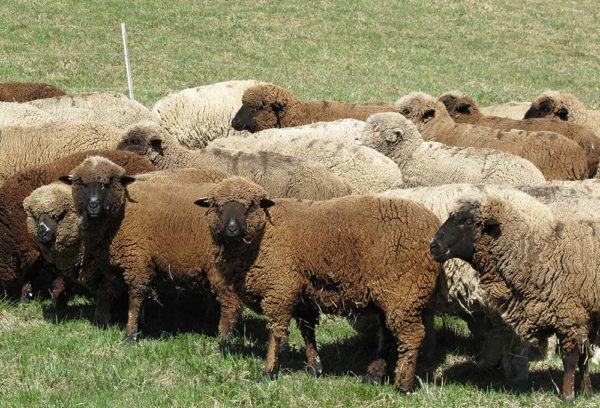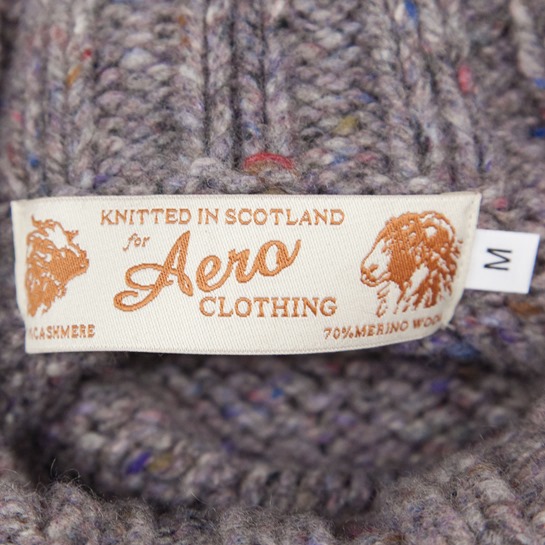What Is The Major Difference Between Merino Sheep And Other Types?
Merino sheep are distinguished from other breeds of sheep in a variety different ways. Fine woolMerino sheep stand out in a variety of ways. Merino lambs are known for their exquisite wool. It is soft and more fine than other breeds of sheep. Merino wool is prized because of its warmth and versatility.
Adaptability Merino sheep exhibit a high level of adaptability to various climates. They are adaptable to both hot and cold climates and can tolerate all temperatures.
Resilience- Merino lambs are well-known for their strength. They are resistant to most sheep diseases and can withstand severe weather conditions.
Fertility- Merino Merino sheep are blessed with high fertility rates and can create multiple offspring in a single pregnancy.
Merino sheep have unique ways of grazing to help maintain their health. They are more careful and selectively, which enables them to avoid overgrazing or harmful plants.
BreedingThe breeding process Merino sheep are often selectively crossed to make the finest wool. The result is a variety of Merino sheep breeds that have distinct characteristics and qualities.
Merino sheep are highly valued for their high-quality wool, their adaptability and resilience. They are a valuable resource for the wool industry and are highly valued by breeders and farmers around the world.

What Is The Difference Between Lightweight, Midweight And Heavyweight Merino Base Layers Are Different?
The fabric's thickness, warmth, and weight is what differentiates light, mediumweight and heavyweight Merinowoo base layers. Below is a breakdown of distinctions between the three kinds of base layers Lightweight Merino wool base layers are typically made from a thin and breathable material that's perfect for cool to mild weather conditions. This is the ideal type of base layer for high-intensity activities. You'll need a fabric with good wicking properties to keep you cool. It is also possible to use them as a cover for other layers in cooler climates.
Midweight Merino Base layers made of wool are made of a thicker fabric that provides greater insulation and warmth than lightweight base layers. This base layer is suitable for moderate-to-low-intensity sports like those in which you aren't likely to sweat a lot.
Heavyweight Merino wool base layers are constructed from the highest quality and warmest material. They are ideal for extremely cold temperatures. This kind of base layer is suitable for sports that are low-intensity, that don't cause you to sweat, such as skiing or snowshoeing.
Take into consideration the weather conditions you are planning to participate in and also the type of activity. For activities that require a lot of intensity the lightweight base layer is the most suitable choice. A middle-weight base layer is ideal for warm to cold weather as well as activities of low to moderate intensity. For extremely cold weather and low-intensity activities an extremely heavy-duty base layer is the ideal choice. Remember that you are able to layer in a different direction based on the conditions, so it's best to pick an option that is not too heavy, but not too heavy. Be sure that the base layer is comfortable and offers full movement. Go find koraoutdoor.com for men's ski clothes for blog recommendations.

What Is The Best Combination Of Ski-Middle-Layer Clothes With Regard To Merino And Himalayan Wool?
Your preferences and the weather will determine the best combination of Merino and Himalayan wool mid-layers. Here are some choices to consider Merino wool base layer and Himalayan Jak wool as a midlayer. This combo is perfect in colder weather where warmth is the most important factor. The Merino wool base layer will provide excellent humidity control and temperature regulation and temperature control, while the Himalayan yak wool mid-layer will add an extra layer of insulation and warmth.
Merino Wool middle layer and Himalayan Jak wool mid layer-This combination is great for weather changes. The Merino wool mid-layer will provide warmth and moisture management while the Himalayan yak wool mid-layer will give you an extra layer of insulation when required.
Merino base layer, Merino middle layer of yak wool, and Merino wool mid-layer are all made out of Merino molasses. This combination is excellent for severe conditions of the weather or for those who are more sensitive. The Merino Wool base layer will regulate temperature and offer moisture control and moisture management, while the Merino Wool mid-layer will add warmth and manage moisture. The Himalayan Himalayanyak Wool mid-layer will give you an additional layer of warmth and insulation.
Layering can be a personal preference. That means that the perfect combination of layers for you will differ depending on the type of body you're in and your activity degree as well as the weather conditions. Layers that allow full movement and fit well are important to make sure you are comfortable and mobile while skiing. Go best hiking mid layer for blog info.

What Makes Merino And Himalayan Himalayan Yak Wool Superior Over Cotton Nylon, Polyester, And Polyester Alternatives For Ski Clothing?
Merino wool and Himalayan Yak wool are more effective than cotton, polyester, nylon, and fleece for ski clothes for a variety of reasons. Warmthis one of them. Merino wool as well as Himalayan yak wool are highly efficient insulators that will keep you warm during cold temperatures. Merino wool, Himalayan yak wool, and polyester are not as insulating as nylon or cotton. They have a higher warmth to weight ratio which makes them lightweight and easy to wear while offering superior insulation.
Moisture management- Merino and Himalayan wools are extremely effective in managing water. Both fabrics are naturally moisture-wicking. They draw water from the skin and transfer it towards the outer layers which allows it to evaporate. This is in contrast to cotton, which absorbs moisture. Cotton can become heavy and uncomfortable when it gets wet.
Breathability Merino wool or Himalayanyak wool are extremely air-tight. This allows for air to flow through their fabrics. It aids in regulating the body temperature and avoids overheating. This is especially important for ski gear since it helps you stay comfortable when you're skiing. Polyester, nylon, and fleece are, however are more breathable, but they also trap moisture and heat. This could make you uncomfortable and sweaty.
Comfort- Merino wool as well as Himalayan yak wool are naturally gentle and comfortable, making the perfect choice for clothing close to the skin. They are stretchy and flexible and can move with you , allowing to move freely. Polyester, nylon, and fleece, on the other hand they can be stiff and uncomfortable. This can limit the range of motion and cause discomfort.
Sustainability- Merino and Himalayan wools are sustainable, natural fibers that are biodegradable and recyclable. They are less environmentally friendly than synthetic materials, such as nylon and polyester, which are made from non-renewable resources that require longer to break down.
Merino wool, also known as Himalayanyak wool have many advantages over cotton nylon polyester, nylon or fleece for ski clothes. They are durable, comfortable, warm, and moisture-wicking. This makes them the ideal choice for those who want to feel comfortable and secure while skiing.
Comments on “Handy Ideas On Picking Merino Wool Base Layers For Hiking”